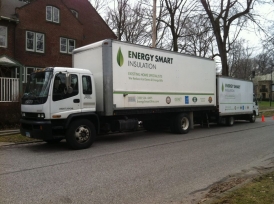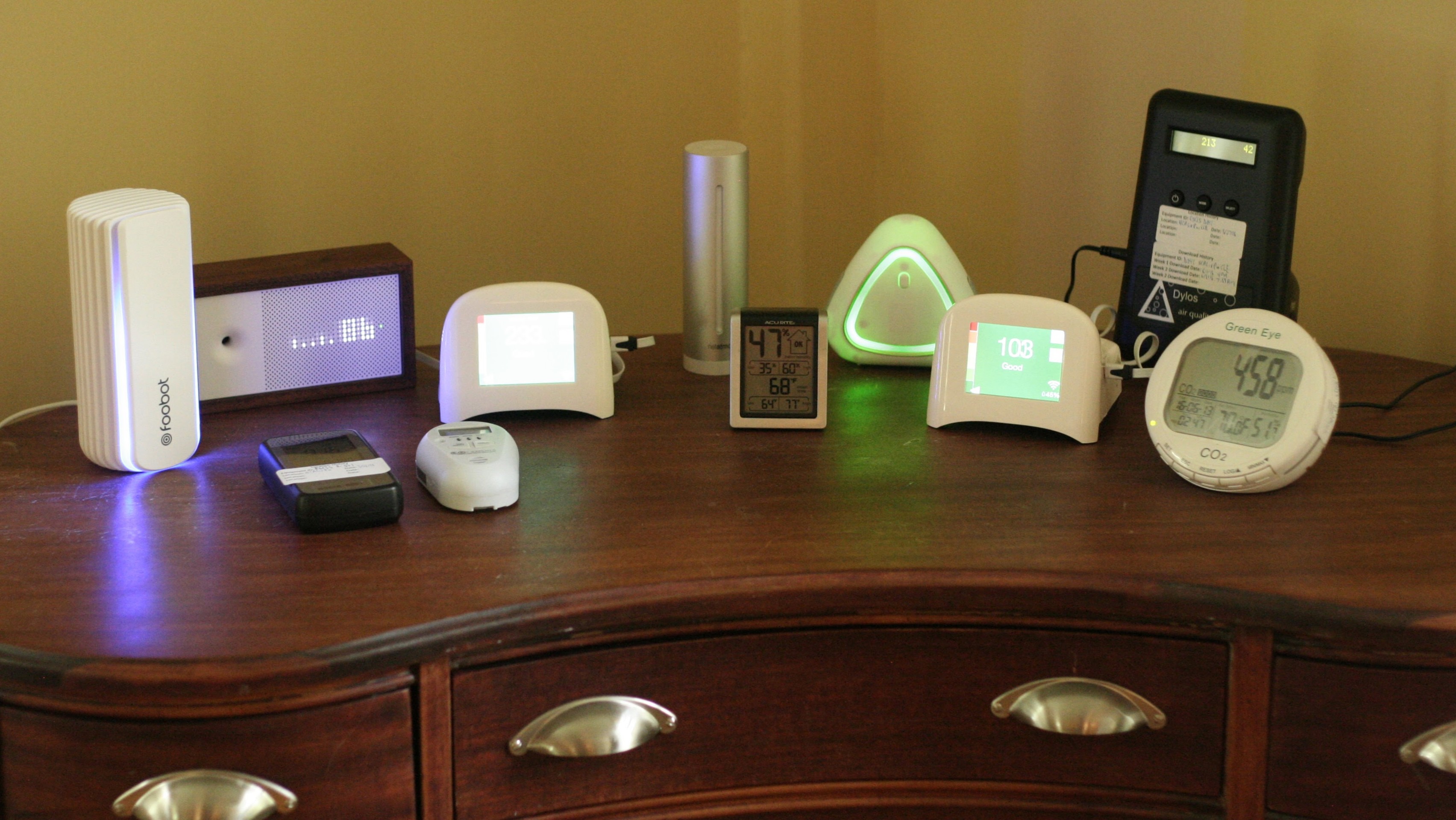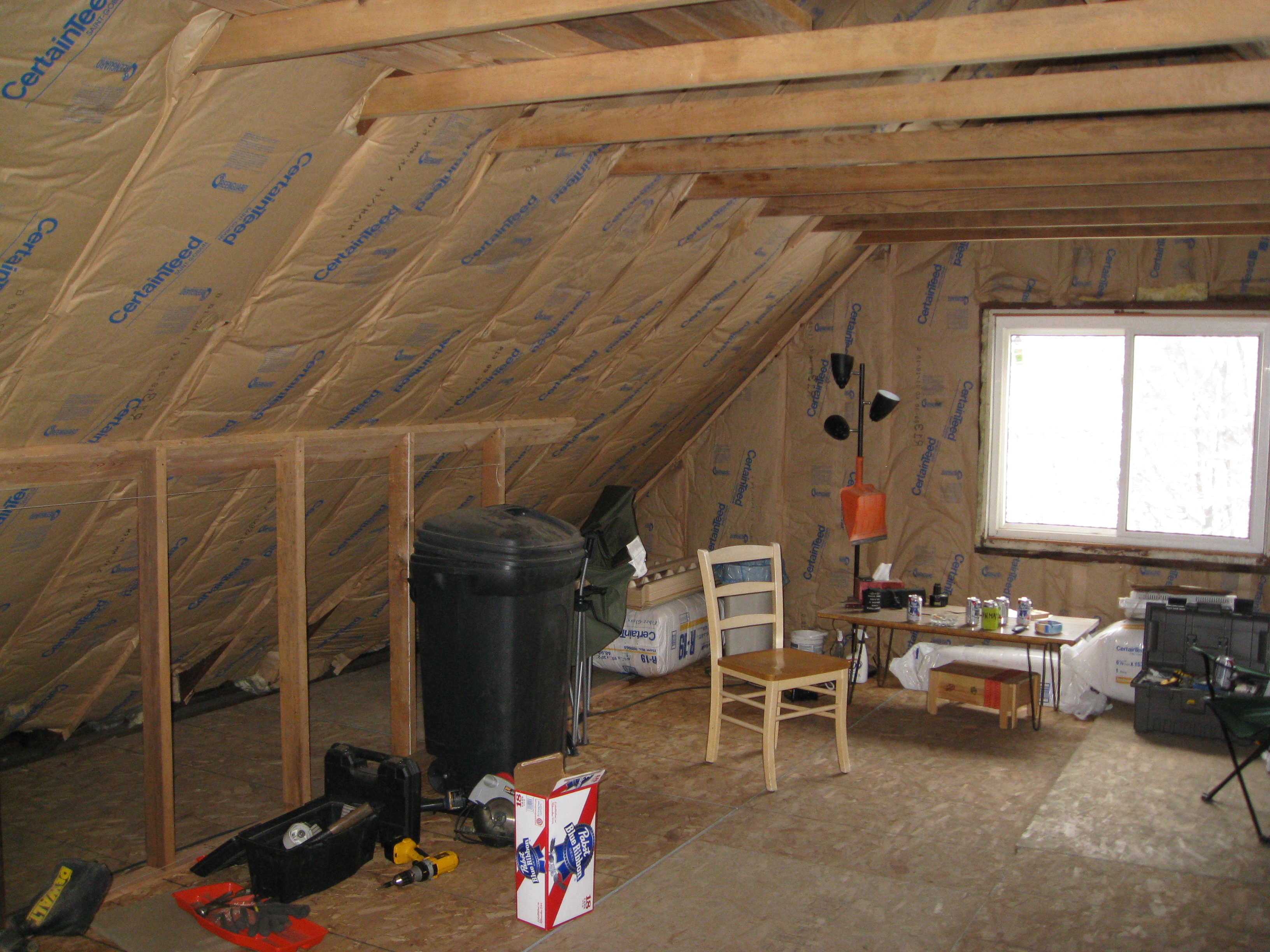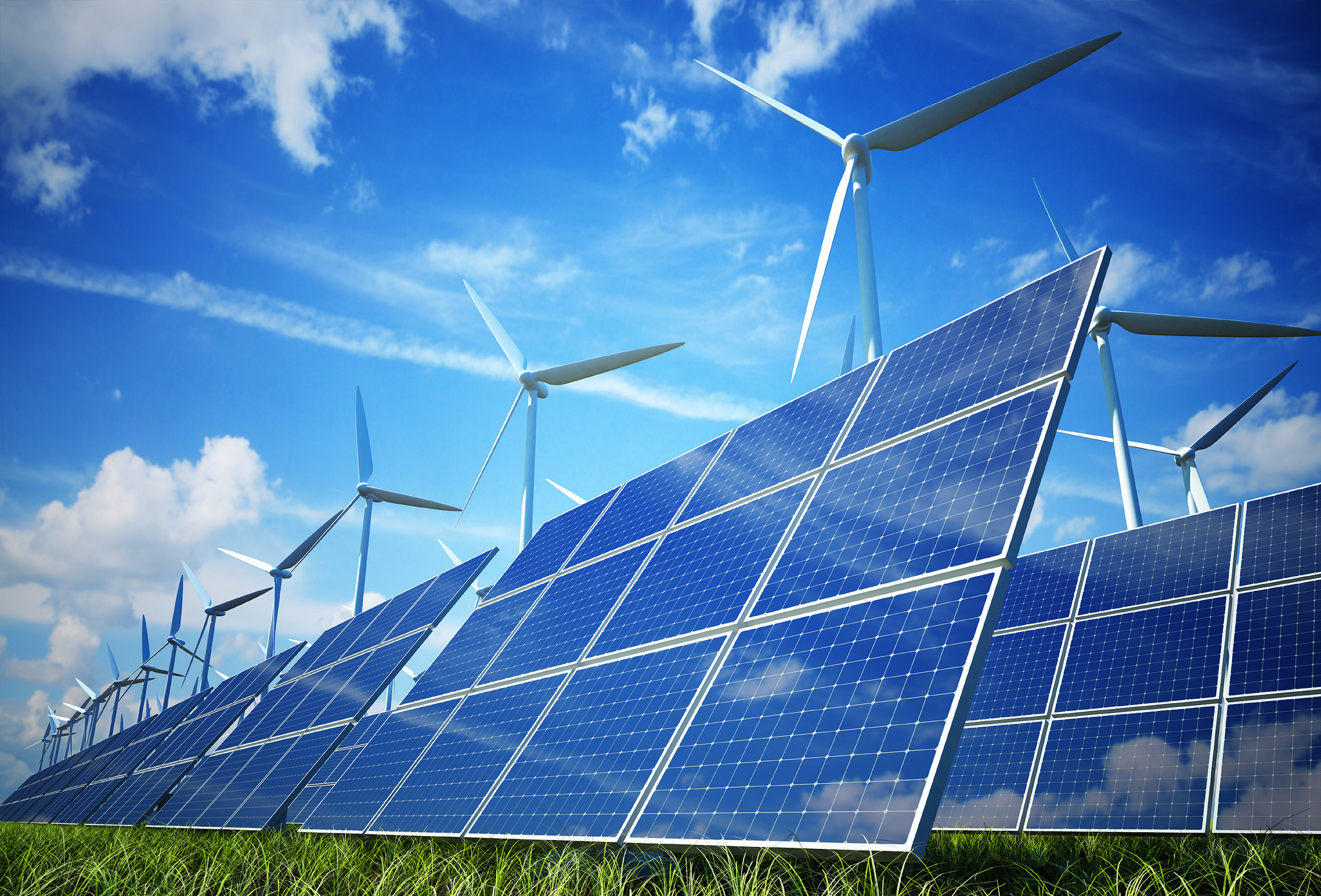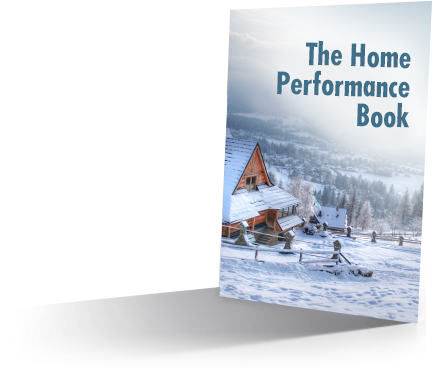$7000 Free Using the Power of Leverage

Money for Nothing and Your Checks For Free1
Here at Energy Smart we challenge ourselves to think outside the box. So recently when we were working on building packages to solve a client’s problems, and we came up with a pretty wild thing – we found him $7000 for free, and a big chunk of that did NOT come from energy savings! He was able to get a much nicer solution for the same money.
Hey, getting a far better solution for the same money sounds good, right? Read on to see how we did it.
Comprehensive Home Performance upgrades typically aren’t cheap. They will almost always be beyond the $4000-6000 the average US savings account has in it. This usually means financing is coming into play somehow. While that may sound bad to some, it’s actually good because it reorients perspective to where costs and benefits are really easy to understand and compare.
Here’s how that works: it’s tough to understand what $30/month in energy savings translates to on a hypothetical $15,000 job. Who automatically sees the present value of saving $30 a month for the next few decades? Not me! If we look at costs on a monthly basis, we can make things line up.
$15,000 is about $110/mo over 15 years. Consider the $30/mo in energy savings and that project is really going to cost around $75-80/mo net. (This is part of the secret we used to make $7000 free.)
Let’s look at a real job I’m currently working on. The homeowner is having some major Indoor Air Quality (IAQ) problems that make his eyes water on almost a daily basis. He has tried all kinds of fixes, exhausted his very capable engineer’s mind and spent lots of money trying to solve the problem.
He told me it is worth $10,000 to him on the HVAC solution and $10,000 for the insulation and air sealing solution, so $20K total. (Yeah, that’s a lot of money, he really wants it fixed.)
We’ve put together 3 different packages for him. The first tries to hold to budget (a solution with a good likelihood of success didn’t quite fit into the budget), the second is what I think has a high likelihood of fixing the problem, and the third has the last couple of possibilities that might help. They are roughly $23,500, $30,500, and $43,000.
Yikes! Highway robbery?
Actually there’s a LOT of work in these packages and I’ll touch on what’s in them, but for the moment, put that aside in your mind and let’s see how the monthly numbers work out.
Package 1 – Mid range heat pump, attic insulation removal, air sealing with spray foam, attic insulation reinstallation, but no new water heater.
$174 Monthly Cost for 15 years at 4%
$8 Monthly Energy Savings2
$166 Net Cost
The energy savings there are less than impressive, right? I thought so, too. That’s all that fit in the budget, though, so that was package 1.
Package 2 – Optimized Solution – High end heat pump, new appliances, electric water heater, a few other tweaks
$225 Monthly cost
$25 Savings from getting rid of gas meter
$33 Monthly energy bill savings3
$167 Net cost – $1 more than the base package
Real Leverage – Get Rid of the Gas Meter
Just having a gas meter here in Cleveland/Akron costs about $25 a month. If you go on vacation for a month and use zero gas, you’ll get a $25 bill. That’s $300/year. Or over 15 years at 4% interest, it’s $3500. That’s real money to be leveraged.
By changing the package around and adding more efficient (and more expensive) equipment, buying a new more efficient washer and dryer, changing some light bulbs, and getting rid of his gas water heater so we can get rid of the gas meter (only the water heater and dryer are gas in this home besides the furnace), the energy savings went up substantially.
Leveraging energy savings and getting rid of the gas meter can get him $7000 for free.
Three Key Factors In Figuring This Out
Getting $7000 in extra work for free sounds really cool, doesn’t it? It requires a different way of looking at things:
- Design Focus – It may not seem like design would matter for insulation and a new furnace, so let’s see what’s involved.
Most contractors will give you one package based on what they think you will buy. We build 3 packages and let you decide.
To begin, we put everything into a package that we think could have an effect on the problems you are trying to solve, regardless of cost.
By loading these upgrades into an energy model, which is like a fancy spreadsheet of your home that shows how much energy is saved for various things, you can get a basic feel for where things stand. A starting point for tailoring design to fit needs of homeowner and home. This energy model removes the emotion of liking one upgrade or another.
The top package here was $43,000, but by doing the math with an energy model to see how much various upgrades would save, we found two expensive measures that badly missed the cut. So we pared back to what we thought made the most sense, then once more to fit a budget we were given.
That is custom tailored design – not just recommending products we think you might buy.
Another benefit of this process is you get to see all the future steps that might make sense if you want to go deeper later. You also get to understand our thinking in coming up with the packages.
By following this process we get to put something together for you not based on guesses, but on science, without the initial pressures of budget skewing our thinking. Again we start design with the BEST solution, not the cheapest one, then we can pare down to a less expensive solution that has a good likelihood of working. Does this take more time? Yes. Are the results better? Absolutely.
- Move to Monthly Costs
If you just look at the capital costs, it’s not very likely most folks would pop for a $30K upgrade when a $23K one was an option.
When you look at things from a monthly perspective, you can leverage various monthly things like energy savings and getting rid of a gas meter, rather than just looking at up front cost. The upfront cost doesn’t matter that much, anyway, because very few can write a check for these amounts. It will be financed, meaning there will be a monthly payment anyway. Isn’t is better to look at monthly cost considering monthly benefit?
This isn’t the only thing in life that works this way. We don’t buy a $30,000 car, we buy a $450 lease payment or $600 car payment. We don’t buy a $250,000 home, we buy a $1600 mortgage payment. It’s all monthly, as is our pay and other bills. To be clear, I’m not ignoring resale value and other considerations, but I’m focusing on the monthly piece for this article.
- Not Being In a Hurry Allows Flexibility of Thought – Going ALL Electric
Why on earth would you abandon a perfectly good gas meter with nice, cheap gas? Most wouldn’t think of it! Do the math!
Advances in technology mean most things done with gas can be done equally well or better with electricity. If equipment needs to be replaced, a hard look should be taken at this opportunity. (Another factor to keep in mind, with solar getting cheap we may be producing our own electricity. Unless you have a dairy farm you aren’t producing your own gas. Put in gas appliances and you will always be at the mercy of the gas company.)
Energy savings from our project were pretty modest because the house was already in good shape. In this case the savings from abandoning gas and avoiding the meter fee doubled our savings leverage. By buying an electric water heater and an electric dryer, this house can be all electric, get rid of the gas meter, eliminate all carbon monoxide issues but the attached garage, and save that $25/mo which carries the cost of those upgrades.
But Wait, There’s More!!! If You Act Now, You Can Get Free Money! (I’m being facetious here, a little Ron Popeil parody.)
Remember that $20K my client said it was worth to him to solve the problem? It may be possible to only use that $20K to pay for a $30K project. Full Disclosure: I’m NOT a financial advisor, I’m only making a suggestion here.
The State of Ohio has a special loan program called EcoLink where they will buy the interest rate down on a loan by 3% if you make energy efficiency improvements to your home. This project should easily qualify. If the project is under $25K the maximum term is 5 years. If it is over $25K, you can get 7 years. This is another reason to do the bigger project, since it is over the $25K. The rate currently works out to 1.4%. That’s pretty much inflation rate or free money.
Let me ask you a question. Do you think the stock market will do better than 1.4% over the next 7 years? If you had $20K in the bank now, is there a chance it could grow into $30K in 7 years even while you made payments of $380/mo with it? Like I said, I’m not a financial advisor, but it seems like there is an OK chance something like that could happen.
In that case, leave the $20K in the market, borrow the money at 1.4%, use the $55/mo savings in energy and losing the gas bill to offset part of the payment, and enjoy solved IAQ problems and a very healthy and comfy home. All while having some chance that the $20K it was worth to you to solve the problems can buy $30K in improvements by leveraging the stock market.
See, more out of the box thinking.
Time for the Pitch
That’s the story of one client, how we developed solutions to fix his (pretty serious) Indoor Air Quality problems, and managed to leverage a few things into additional $7000 in upgrades. It doesn’t always work just like this, by the way, this one was pretty enough to write about. I didn’t even touch on the Building Science behind this one, it takes a pretty serious understanding of how a house works to be able to fix this problem.
Are there problems with your home you would like to fix? Icicles, a wicked hot upstairs, indoor allergies, or any of these other problems? Have you already made a run or two at the problem with disappointing results? We can find out problems you would like solved, help you understand the root causes, design solutions to them, and help you get the measures executed correctly.
Sound interesting? The first step is an inexpensive initial consultation to see if we are a fit for each other.
You can get a discount on one by filling out this questionnaire.
Questions on this rather unusual story and way of thinking? Please comment below!
Creative Commons Money Piggybank
1 There’s an earworm for you. Thanks to Dire Straits for the great line and amazing guitar riff. I can hear it in my head right now.
2 We are purposely quite conservative with our savings projections. We won’t promise you thousands in savings unless it really is likely to happen. If you have a mansion that runs on fuel oil, give me a ring, it might be true… We are preparing for a future when contractors are judged on how well they do predicting energy use. If we promise $100 in savings, we want $90-110 to show up. You’ll never nail it, there are too many variables that we can’t control like weather including polar vortices, kids being born or leaving the house, parents moving in, and so forth. We have found, though, that the energy modeling software we use, TREAT, which is one of the most advanced programs out there, is quite accurate at predicting not only energy use, but interactions between various upgrades like air sealing targets, insulation levels, and HVAC types and efficiencies. I’ll do a post in the future on energy modeling.
3 Full disclosure: $33/mo is the high side of the prediction. The low side is $26/mo, so the upgrade package could cost $7-8/mo more than the budget package. Maybe more if we have another wicked winter or summer.
Get the HVAC Guide

It's free! Make buying a new furnace, air conditioner, or heat pump less stressful.


